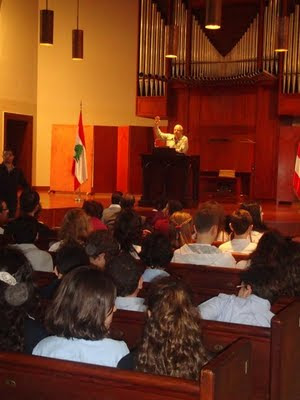“Multiplying Connect Four” is a collaborative learning project that allows students to establish a network to find the answers of the multiplication expressions.
This activity is designed to help children learn through talking and active learning in small groups. Moreover, this activity support differentiation among students by placing a high value on what children can offer to each other on a particular topic. It helps them to think about ideas and abstract concepts, discuss, paraphrase, and develop thinking skills.
HOW TO PLAY MULTIPLYING CONNECT FOUR:
You need to divide students in groups of 5 members each. Each group takes one baseboard (multiplication expressions) and two sets of cards (products).
Shuffle the cards and place them in a pile facing down.
Take it in turn to turn over your top card and decide where to put it on the board.
This activity is designed to help children learn through talking and active learning in small groups. Moreover, this activity support differentiation among students by placing a high value on what children can offer to each other on a particular topic. It helps them to think about ideas and abstract concepts, discuss, paraphrase, and develop thinking skills.
HOW TO PLAY MULTIPLYING CONNECT FOUR:
You need to divide students in groups of 5 members each. Each group takes one baseboard (multiplication expressions) and two sets of cards (products).
Shuffle the cards and place them in a pile facing down.
Take it in turn to turn over your top card and decide where to put it on the board.


























